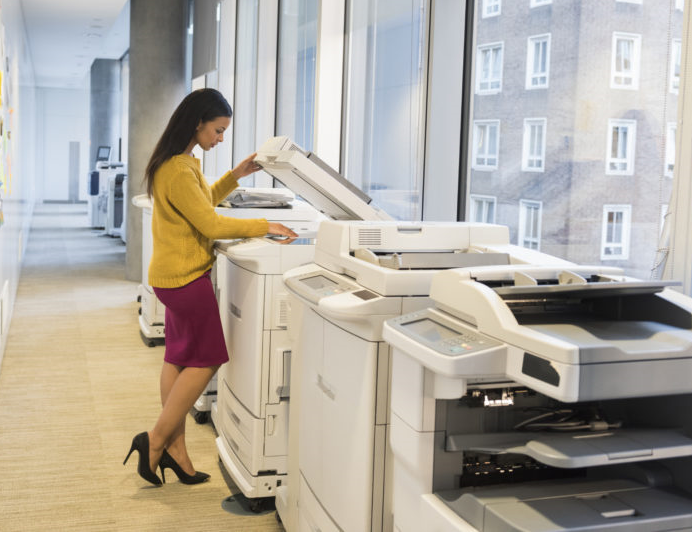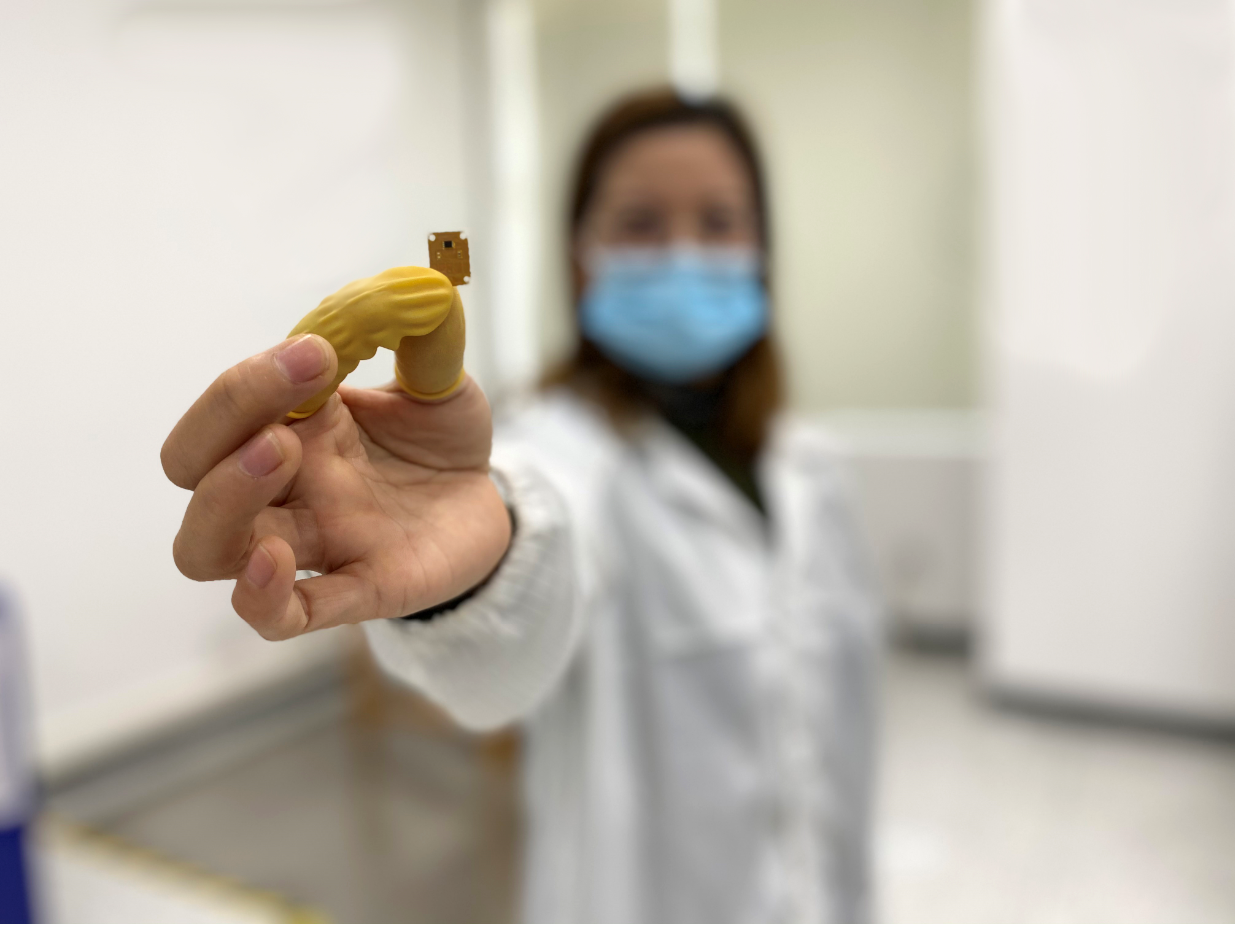New Normal for Office Printing
New Normal for Office Printing
Louella Fernandes
As the first wave of the COVID-19 pandemic ebbs from Europe and the U.S., businesses are starting to look at the next phase and examining how to restart activity in a more familiar format.
What seems certain is that a full return to “business as usual” is not on the agenda – in fact, the workplace may never be the same again. Several global brands, such as Twitter and Facebook, have announced a shift to permanent remote-working for employees and Global Workplace Analytics estimates that, overall, 25 per cent of workers will be expected to continue working from home for the foreseeable future.
This is not all about controlling infection either. A recent snapshot analysis entitled Home Printing Study by Quocirca found 75 per cent of U.K. telecommuters stated that their productivity levels stayed the same or increased, with just under half reporting increased productivity. Businesses evaluating the success of distributed working practices against the cost of office real estate and the health and business continuity risks of bringing large workforces together may well decide that the balance lies in favor of reducing investment in traditional offices.

What might the new normal for office printing look like and what will it mean for the industry? Seventy per cent of respondents in Quocirca’s third COVID-19 business impact survey agreed that COVID-19 would cause significant ongoing disruption, so with fewer office-based workers and more remote employees, how will the use and management of print devices change? What are the key considerations? And how can the industry respond?
The Post-crisis Workplace
Despite the fact that many workers have managed to stay productive during the crisis, humans are fundamentally social animals and most prefer some element of face-to-face contact. Consequently, a transition to a hybrid work model is more likely than wholesale permanent telecommuting, with organizations staggering the days employees are in the office or offering more flexible levels of attendance.
While this return to work will feel different from what employees left in early spring, in fact, Quocirca’s November 2019 Global Print 2025 Study shows the pandemic has only accelerated what would have been an inevitable transformation of workplaces by 2025. Forty-two per cent of respondents said that they expected the physical office would only be used as an occasional meeting point by 2025, while sixty-five per cent stated that flexible working would force a reconsideration of company culture.
The study also found that businesses were already recognizing the value of collaborative technologies, with almost 60 per cent reporting that it was likely that face-to-face meetings and interactions would decline. With many remote workers not using or having access to home office printers during the pandemic, it is likely that their preference for digital collaboration will continue when they return to the office. Recognizing this, two-thirds of print industry executives responding to the third Quocirca Business Impact Survey see the crisis as an opportunity to innovate and introduce new products and services to support digital collaboration and workflow digitization.
In terms of direct COVID-19 workplace impacts, we will see the introduction of a new wave of touchless technology, such as automatic doors, hands-free light switches, voice-activated elevators and temperature controls. Again, many of these have been waiting in the wings for some time, but now have special relevance.
Keep Your Distance
For print suppliers, the transition to a hybrid working environment, with a greater proportion of home workers, offers challenges and opportunities.
Businesses will have to make substantial changes in the workplace to ensure the health and safety of their employees. Returning office workers will be faced with social distancing measures and changes to communal spaces. To limit the spread of infection, the guidance recommends restricting the use of high-touch items and shared equipment such as printers.
There are several considerations when it comes to reevaluating office printing. Will the MFP, once the central hub of the office, be behind closed doors? How can printer suppliers enable touch-free printing? Can vendors ensure cloud-based print management platforms, mobile printing or workflow-enhancing apps are as low-touch as possible? Or, should print suppliers be conducting fresh audits, looking at whether a shift back to a distributed, as opposed to centralized, model is required and consider if personal printers are the future, at least in part?
Security Challenges Surround Home Printing
Quocirca’s Home Printing research revealed that around 30 per cent of U.K. employees, who were printing regularly in the office, and are now working from home, do not have access to a home printer. Even those that do are unlikely to have a device that adheres to the tight security standards that would be expected in a corporate environment. Eighty-six per cent of industry executives reported their customers had concern around the security of home printers. Future MPS contracts will need to allow for the provision of secure home printers where needed, plus usage tracking for accounting and security.

Cloud Acceleration in Infrastructure and Workflows
Post COVID-19, businesses will need to further rethink how they deliver value to customers through digital processes. The digitization of paper-based processes is likely to accelerate further, opening up continued opportunities to better leverage smart MFPs for document capture and the initiation of automated cloud-enabled digital workflows.
From an infrastructure perspective, cloud scalability has proved its worth during the pandemic and could create opportunities for MPS suppliers to encourage clients to accelerate their shift to a cloud-based print infrastructure. Seventy-one per cent of print industry executives stated that they expected demand for cloud-based print management to expand. Quocirca expects to see continued growth in cloud-based MPS which can include management and control of decentralized printer environments, including home-based printers.
In this new normal, print vendors and their partners will need to steer their businesses forward by adjusting their products and services to address the changing printing and imaging needs of customers and the health guidelines imposed on them by governments.
To adapt to the speed required by the fast-changing situation, vendors cannot act in isolation. Technology and service partnerships were already becoming the cornerstone of an effective response to accelerating digital transformation and will only become more imperative as the shape of the new business normal becomes apparent.
The one certainty in all of this is that no one can predict how long social distancing measures will have to be enforced or what the future holds in terms of additional lockdowns to prevent virus spread. It is probable that many of the measures that will be implemented in the coming days and weeks to minimize or even eradicate the use of shared devices such as printers may not be temporary. There may be a second wave of Covid-19 and almost certainly future epidemics to endure. The days of chatting around the water cooler or catching up with gossip next to the communal MFP may well be a thing of the past.
The acceleration of office reinvention requires the print industry to accelerate its own response. Agility and innovation will be the watchwords as businesses retool to remain relevant and add value to clients. There should be no illusions that this will be an easy task, but the print industry’s strong heritage of invention and client focus will undoubtedly be an asset in adjusting to our post-pandemic world.
(* What will be the key trends for the office print channel in 2020 and beyond? You are invited to take the Quocirca State of the Channel 2020 Study at bitly/Quocirca2020study )
 About Author
About Author
Louella Fernandes is director of Quocirca. She is globally recognized as a leading authority on market trends in the print, imaging and managed services industry. With 25 years’ experience in the sector, she delivers unparalleled insight into the evolution of print in the digital age and is a highly respected expert on digital disruption in the print industry.
This article is also published in our latest RTImagingWorld magazine. Click to download a full PDF.
Related:
- New Normal for Office Printing
- COVID-19: Accelerating Print Industry Transformation
- Quocirca Finds Home Workers are More Productive
- Quocirca Snapshot Survey Reveals Office Print Changes
Please leave your comments to the story “New Normal for Office Printing” below.







Leave a Comment
Want to join the discussion?Feel free to contribute!